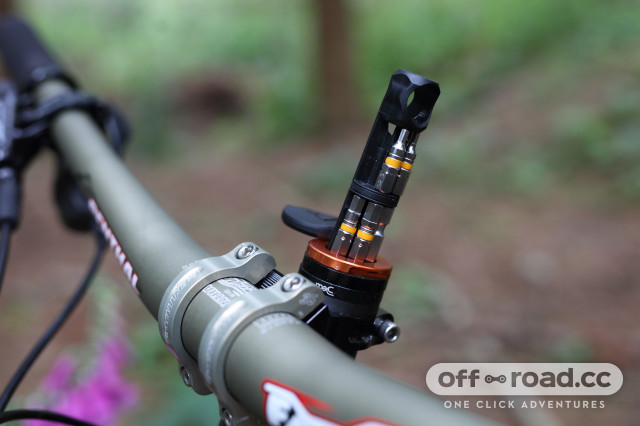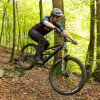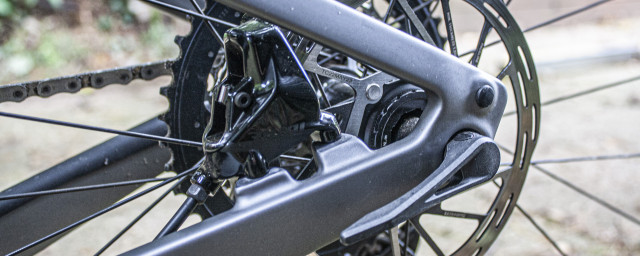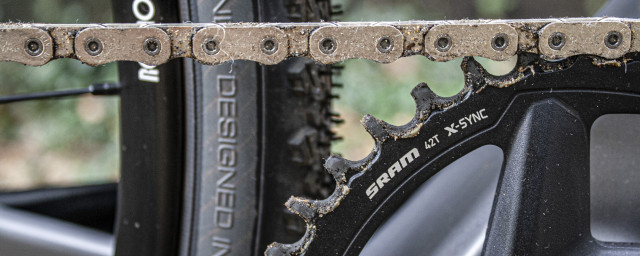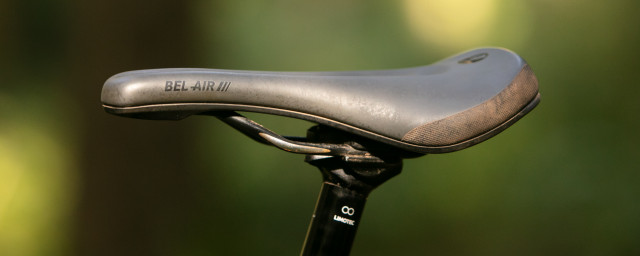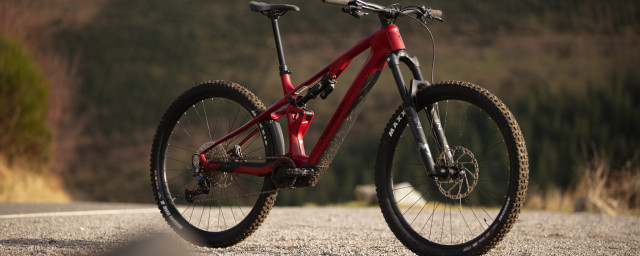MTB enduro racing for beginners - how to prepare for your first race
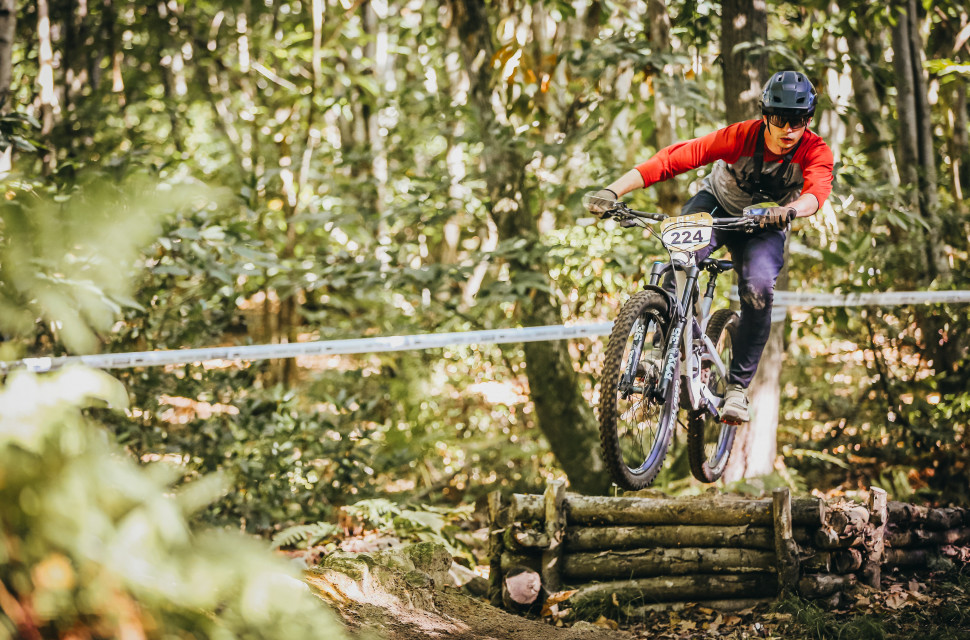
Enduro is an incredibly welcoming style of mountain bike racing with a huge appeal to new riders and first-time racers thanks to its striking similarity to your average Sunday ride. However, your first-ever enduro race can be a nerve-wracking endeavour and there’s a lot to think about - but we’re here to tell you exactly how to prepare for your first enduro race.
First off, we’ll need to outline what enduro is and, handily, we’ve got Enduro mountain biking – everything you need to know to help you out. But for a quick outline, enduro is a genre of racing where riders take on a number of timed downhill stages while having to pedal up to the next under their own steam.
The result is an accumulation of each stage time, so the uphills between stages aren’t counted.
How to choose your first enduro race
Diving straight into the deep end and signing up for an EWS 100 for your first-ever race may not be the best idea unless you’re a very confident rider. To start with, it’s wise to set your sights a little closer to home, as riding between the tapes is a very different ball game to a spin at your local.
First, start by heading to Google to do a bit of research to find out what races are held locally to you. Often on an event’s website, it’ll give you a general idea of the trail grades you’ll be riding, which is a solid indicator of whether you’ll be able to tackle the event without overstepping your comfort zone too far. For your first race, you may want to consider an easier-sounding event, as you’ll likely be pushing yourself harder than usual.
The amount you’ll pay for a race entry will depend on the race itself, but expect to pay anywhere from £45 up to £90 for single, or two-day events.
Picking your category
Once you’ve found a race, it’s time to sign up. When signing up you’ll come across a menu of categories. These categorise riders by their age and gender but, in a sense, also by the competitiveness of the racing.
For your first go, you may want to consider entering a ‘Fun’ category, which through experience, is less competitive. However, if you’re looking to test your mettle against the very best in your area, entering yourself in the Senior, Master, Veteran, or Grand Veteran categories will offer you that opportunity.
On many single-day races, and some multi-day events, you’ll be asked to self-seed. This helps the organiser put you in the right place in your category to give you the best chance of not being overtaken, or to avoid coming up to overtake a slower rider ahead, both of which will cost you precious seconds. This is usually a scale of one to ten with one being the quickest and ten the slowest, or vice versa. Here, being honest with yourself will help you in the long run as having to overtake, or pull over for another ride can ruin a race run.
What you’ll need
Grassroots enduro is all about having a laugh, so it’s best to minimise any chance of DNFs (did not finish) or injury.
Of course, you’ll need your bike but relevant spares are handy, at least to keep in the car. A spare tyre or method of repairing a tyre will keep you rolling should you slash one. The same goes for chains and brake pads, although these should be checked a day or two before the event to make sure they’re race ready.
While there’s often a mechanic on site they can be very busy helping others, so a comprehensive tool kit and a bit of wrenching know-how can pay back in dividends. A track pump will prove itself useful, too. When packing for a race, I consider what’s most likely to break or fail, and pack as best I can to repair it. As always, there will be things that you can’t repair in the pits (unless you carry multiple wheels, forks, etc), so there will always be an overhanging threat of a DNF.
Most enduro races require the rider to be completely self-supported, so you’ll need to carry enough food and water to see you throughout the race. A portable method of tyre repair and inflation, a chain tool, a multitool, and a quick link are bare essentials to keep your bike running, too. Whether you choose to carry them in a backpack, hip pack, or cleverly on your bike is up to you.
It’s then worth thinking about protection. As mentioned before, you’ll be pushing yourself harder than you usually would once you're rolling between the tape. While it’s not in the rules to wear the best full face helmet in many grassroots enduros, it’ll provide that extra bit of protection should the worst happen. Personally, I like to wear a full face when racing as it puts me into a more confident mindset and that alone makes such helmets a worthy choice but the greater protection offered is also a huge plus. They are usually heavier, and warmer, however, so that's another thing you'll need to weigh up.
With protection in mind, consider wearing a back protector, the best kneepads, and elbow pads because a tumble will inevitably occur when racing. The idea is to be able to get back up and on the bike with minimal injury.
Arriving at your first enduro race
Once you’ve parked up, it’s time to sign on. This is where you’ll be given your number board, cable ties (or similar), and timing chip. If you’re taking part in a single-day event, you’ll either be told your start time or it’ll be on a board somewhere around the sign-on tent.
If it’s a two-day event, you may have to seed before your start time is available. Seeding, unless you’ve self-seeded, happens over a single stage after practice, and is a more accurate method of putting you at the best place in your category to avoid overtakes, or being overtaken. A seeding stage can contribute to your overall race time.
When you’ve got your number board, timing chip, and start time, tie on your number board (it may require some modification to play nicely with your bikes’ cables) and attach your timing chip at the bottom of your fork, facing toward the rear of the bike.
Practice
Now, you’re all set to get racing but, first, you’ll have a practice session ahead of the race runs. My advice is to take your practice runs easy and use the opportunity to learn the trails as best you can, what level of grip is on offer, and experiment with line choice if there’s time and if you feel you have suitable energy.
This should give you just enough information about the trails to enable you to hit them at full race speed, picking what you reckon is the best line and confidently dealing with obstacles you may have been unsure of during practice.
Practice often closes well before race runs start, so this is the perfect time to grab some lunch, sit back and relax a bit before your time comes. Just before your start time, roll up to the start area and set off when you’re told. The rest is in your hands.


